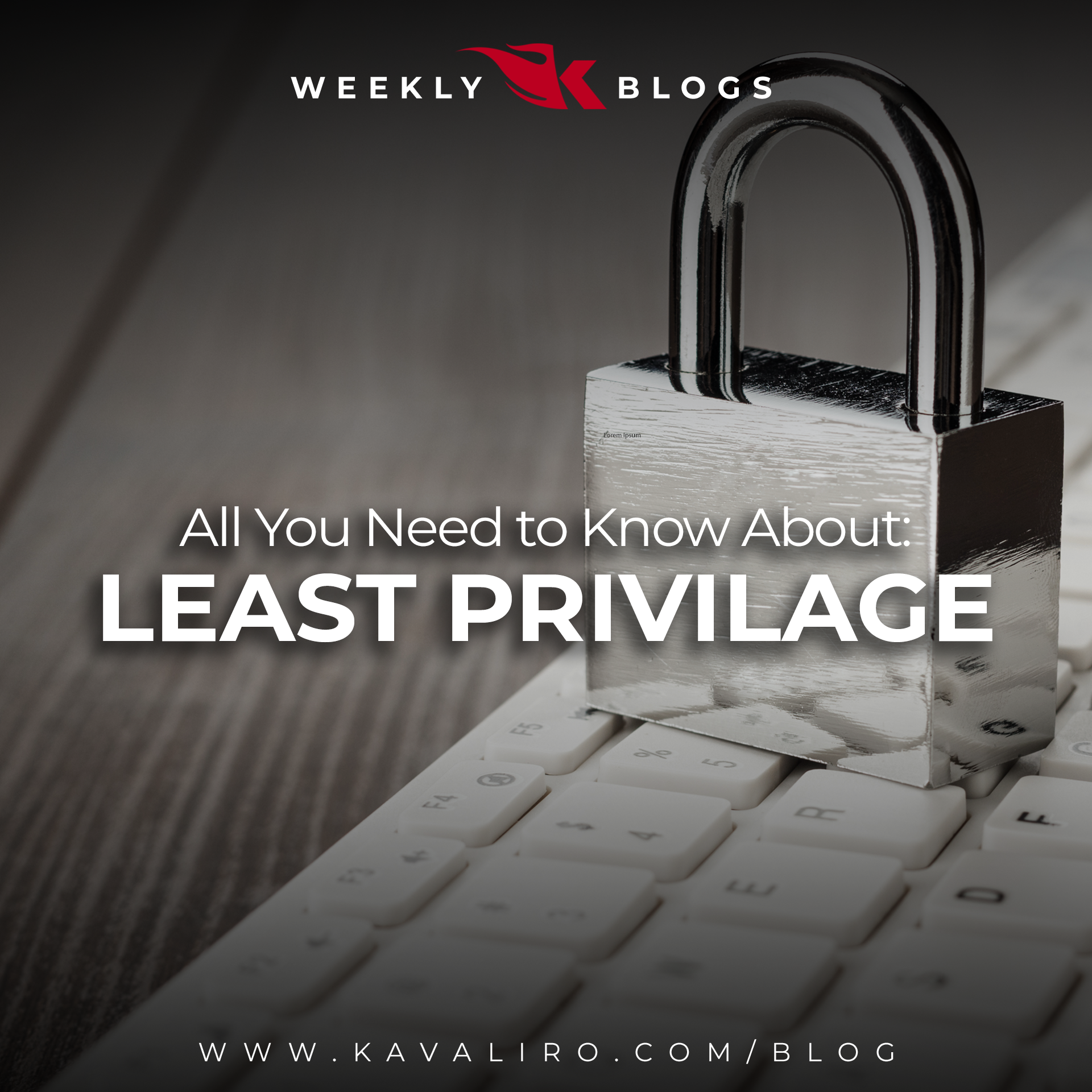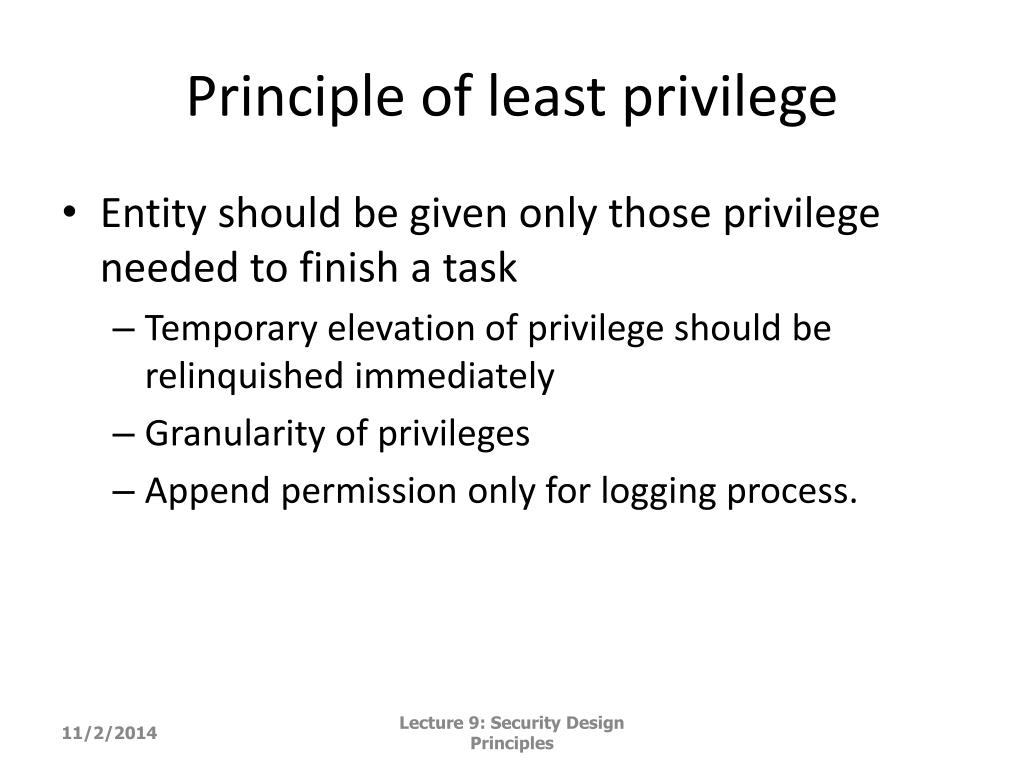

The principle applies also to a personal computer user who usually does work in a normal user account, and opens a privileged, password protected account only when the situation absolutely demands it. Any other privileges, such as installing new software, are blocked.
Least privilege install#
For example, a user account for the sole purpose of creating backups does not need to install software: hence, it has rights only to run backup and backup-related applications. The principle means giving any users account or processes only those privileges which are essentially vital to perform its intended functions. In information security, computer science, and other fields, the principle of least privilege ( PoLP), also known as the principle of minimal privilege ( PoMP) or the principle of least authority ( PoLA), requires that in a particular abstraction layer of a computing environment, every module (such as a process, a user, or a program, depending on the subject) must be able to access only the information and resources that are necessary for its legitimate purpose.


JSTOR ( April 2019) ( Learn how and when to remove this template message).Unsourced material may be challenged and removed.įind sources: "Principle of least privilege" – news Please help improve this article by adding citations to reliable sources. Use the Cyber Security Slack channel ( #cyber-security-help) to set up the audit trail.This article needs additional citations for verification. You should send the audit trail of admin access to the Cyber Security team. You should set up the admin account so that the session timeout is less than 12 hours. You should only assume an admin role when absolutely necessary for a specific task. If you’re using the gds-users account to log into your AWS accounts, you should assume a read-only role by default. establish an audit trail for the use of privileged accessįor human-readable secrets, such as a username and password, you should set up a separate secret or password manager.make sure session time of the privileged access is set to no more than 12 hours, and/or terminates when the user logs out of their laptop.use just-in-time (JIT) access provisioning to grant users an on-demand, time-limited privileged role or security token to access the privileged resources.use the role or credentials with the least possible privilege as the default option.create the roles or credentials with the least possible privilege, with only necessary permissions required for normal users to perform their day-to-day jobs.define roles for users and grant required privileges, or access rights, for those roles.make users aware of this policy and have a process for them to request changes to access as needed.want to limit collateral damage when a normal user account gets compromised.want to use different permissions for day-to-day tasks from those required for security-critical (privileged) tasks.need to grant required access rights to different users according to the nature of their job.You should use the principle of least privilege if you: This can also apply to processes and individuals who might have to switch between normal access and the increased access of a superuser account as part of their work.Įxamples of privileged or higher security access are: The principle of least privilege involves setting up user accounts so they can only access and use the information they need for specific tasks. The GDS Way and its content is intended for internal use by the GDS and CO CDIO communities.


 0 kommentar(er)
0 kommentar(er)
